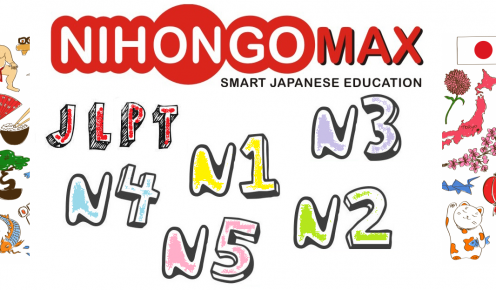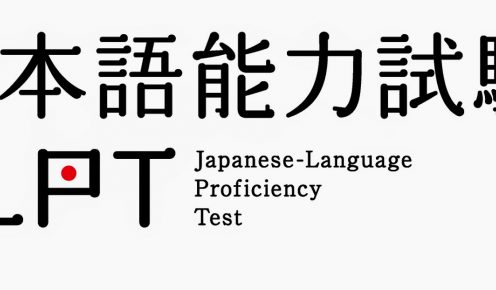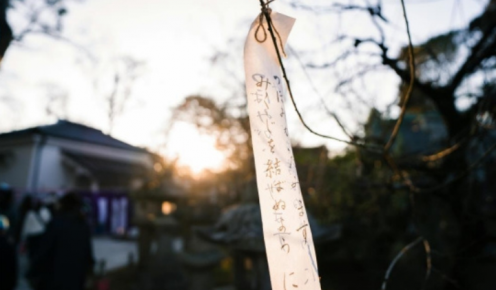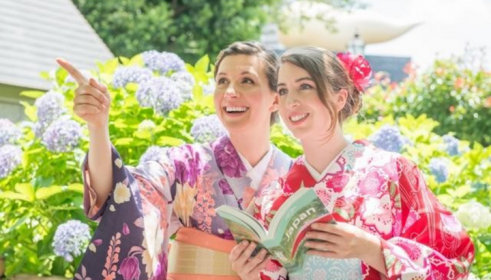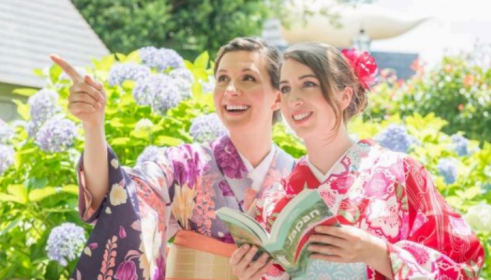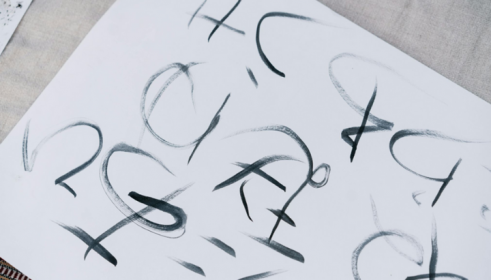Japanese writing system consists of three scripts namely kanji, katakana and hiragana, where katakana and hiragana together are called kana. Earlier Japanese language did not have any writing system of its own, but it evolved to use a complex writing system having different kinds of scripts. In this article, I will explain the origin, evolution and uses of these systems.
Origins of Japanese Writing: Kanji

The development of the Japanese language writing started in around fifth century when kanji characters were introduced in Japan. Kanji, meaning “Han characters” or Chinese characters are the characters that were borrowed from the Chinese script. According to some earliest records, the Chinese characters came to Japan because of Korean scholars who introduced Chinese books and written texts to the Japanese rulers.
As Buddhism has started to become more and more popular throughout South and East Asia, learning Chinese became much more important due to the religious text written in Chinese language. Initially Japanese people were reading and writing in Chinese but eventually tried to write Japanese language using Chinese characters.


Chinese being very different form Japanese in terms of grammar, syntax and pronunciation imposed many challenges while writing Japanese. That is why kanji was molded in various ways to better suit the Japanese language. These changes lead to the concept of multiple readings of kanji, two broad categories of these readings include onyomi and kunyomi. Onyomi refers to the pronunciation of words according to the original Chinese pronunciation and kunyomi refers to the pronunciation of words as native Japanese words.
Onyomi is used in compound words, that means the words that are formed from two or more kanji. And kunyomi is usually used for words made of single kanji.
Katakana: The Phonetic Script

Katakana and hiragana are syllabaries that were developed in the ninth century mainly for simplifying complex kanji. These scripts have 46 letters each and are the same in pronunciation but different in writing.
Katakana was primarily developed by the Buddhist scholars to read and annotate scriptures by simplifying the kanji in angular and simple characters. Katakana was heavily used in writing foreign words, names and concepts. Katakana was also utilized for writing scientific terminology and words. Katakana being simpler and easier to use in contrast to complex kanji became very popular for transcribing.
Hiragana: The Native Script

Like katakana, hiragana is a syllabic script consisting of 46 characters with different sounds associated with them. As we know, Katakana syllables have more angular and sharp structure, quite opposite to that hiragana characters have more cursive and flowing structure which makes it easier to write and even more suitable for the phonetic essence of Japanese language.
The story behind the development of hiragana is very interesting. During the times when kanji and katakana were being used for reading and writing, learning Chinese characters was only available for the elite and nobles.

This category of nobles did not include women and common people causing a low literacy rate among them. So, the women of the imperial court started writing kanji in their own cursive and flowing way which was called “onnade”. This writing system became popular among women and common people who were not familiar with the Chinese characters and that is why hiragana is believed to be the only system that is purely Japanese.
Due to the simplicity and usability of hiragana, education and knowledge exchange became much more accessible to the common people and helped improve literacy rate. These women also played a significant role in development of poetry and literature in Japan.
Hiragana is a script which is very good in expressing Japanese language because of its usage in writing particles, verb endings and tenses which was difficult to express using Chinese script.
Evolution and Modern Usage

In the modern times, Japanese language is written using all three of these systems. The use of which script will be higher, depends on the type of content being written. For example, kanji is mostly used in newspapers and important documents. Hiragana and kanji make up most of the writing while katakana is used in lower percentages.
Modern Usage of all these types of Scripts are describes below:
Today about 50,000 kanji exist, of which approximately 3000 kanji make up the most used ones. And about 500-600 kanji can help you cover 80% of the daily kanji one can encounter. Kanji is used a lot now and sometimes it is also aided with its pronunciation written in hiragana on top of it, called “furigana”.
Kanji is a content-heavy script, meaning a single or compound kanji carries a word or concept in itself whereas kana characters are syllables which are combined to form words.
Kanji being content heavy is used in writing nouns, verbs, adjectives and adverbs.
Hiragana is used for writing particles, verb endings and auxiliary verbs etc.
And Katakana is used for writing foreign names, foreign concept, loan words scientific terminology, onomatopoeia and slags etc.
Conclusion:
From writing Japanese using Chinese characters to modifying Chinese characters to write Japanese to developing a complex yet elegant writing script, Japanese language writing system as seen many turns of events. For any new learner who will be embarking on their journey of studying Japanese language, it is important not get overwhelmed by the complex nature of writing system, instead we encourage you to look at it with curiosity and eagerness to learn. Your language learning journey will be filled with adventures and learnings as you go forward.
Thank you for reading!
For learn more about Japan and Japanese language, checkout our YouTube channel Nihongomax and our website Nihongomax .


